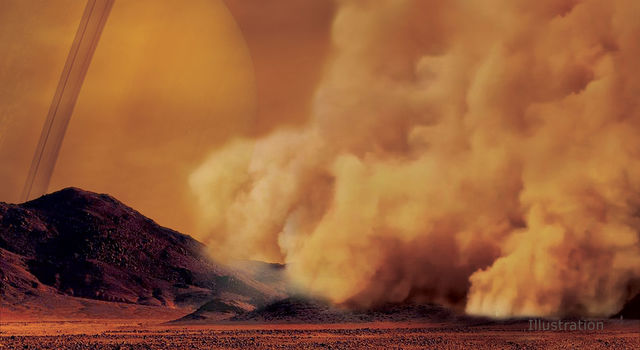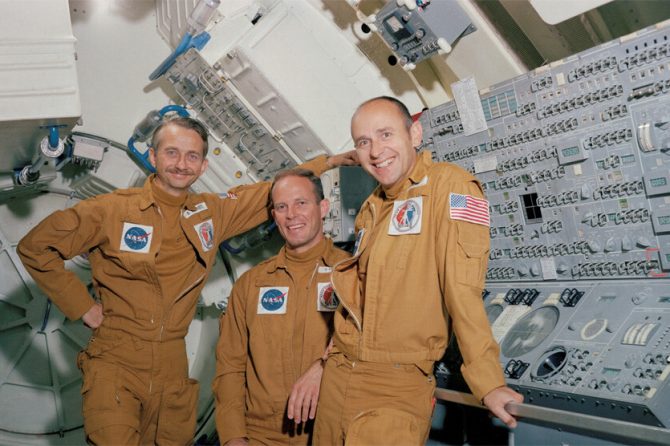Back in the 70’s Ben Bova (then the editor of Analog magazine) along with Trudy Bell, produced a wonderfully illustrated book caled Close Up: New Worlds that billed itself as “astounding modern views of the solar system”.
Well, that was 1977. To date it is to note that it includes Pluto among the planets.
I used that book as a resource while designing SF strategy board games. It was a great compendium of both known fact and SF speculation.
NASA and other space agencies have taken a lot more pictures since then with Hubble, other space telescopes and a huge variety of probes either taking up orbits or doing fly-bys.
Lets just say it’s been a while since anyone has taken a grand tour the way that Ben and Trudy did back in ’77. So we’re going to reprise that book using the latest and greatest.

Uranus lies at a distance from the sun of nearly 1.873 billion miles
It is approximately 31,500 miles in diameter
Uranus takes 84 years to orbit the Sun
Uranus has an axial tilt of 97.8 degrees (and retrograde: Uranus looks like it is rolling along its orbit, with its pole facing the Sun)
The surface temperature on Uranus is -234 to -270 degrees (Fahrenheit)
It’s escape velocity is 47,824 miles per hour
Its surface gravity is 29.1 feet/second squared
Uranus is considered to be an Ice Giant planet.
This year, Uranus will be visible throughout most of the year. From February 9th to March 5th, Uranus will be (barely) visible in the night sky.
NASA has a wonderful planetary information resource. You can learn far more about Uranus here










